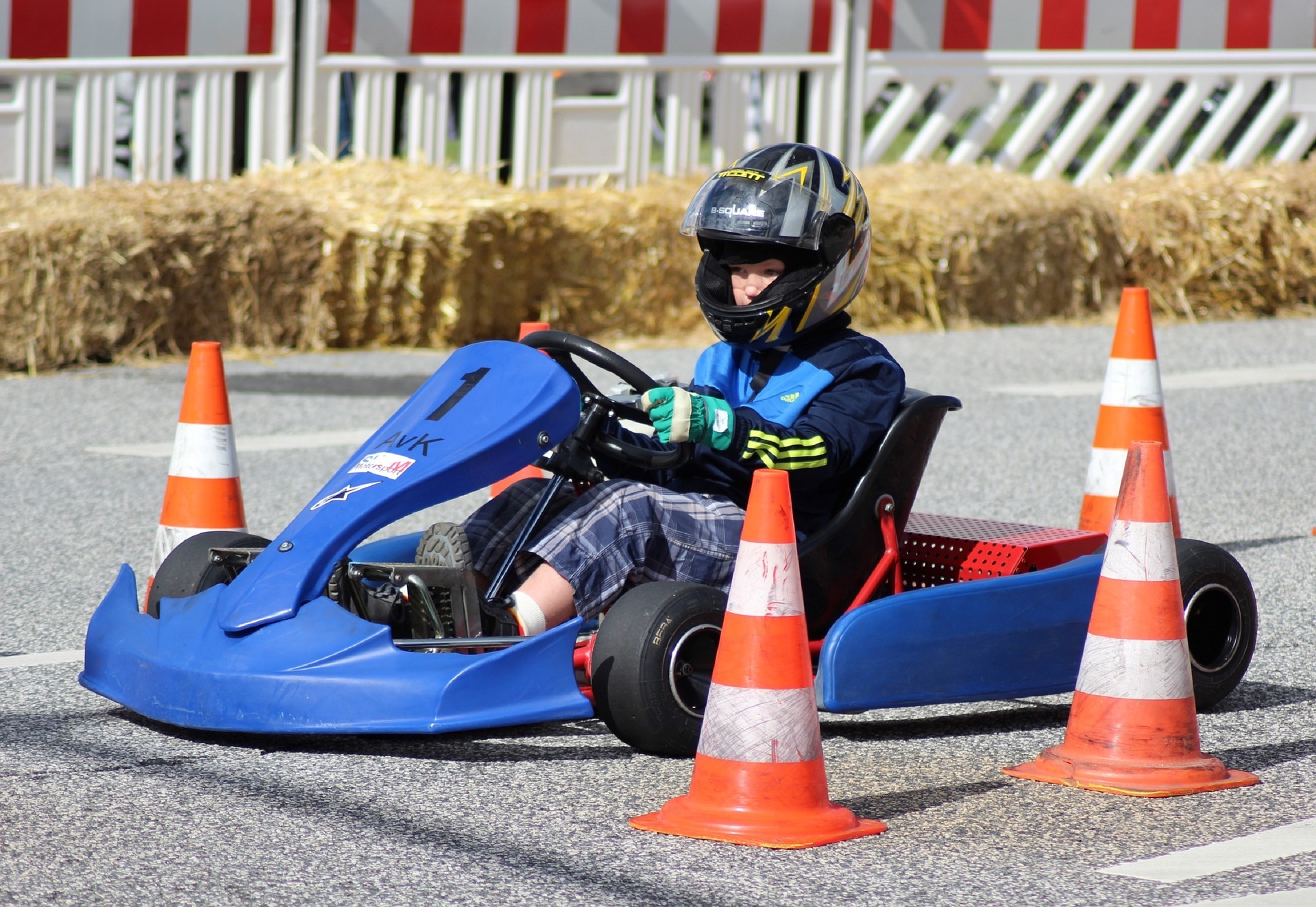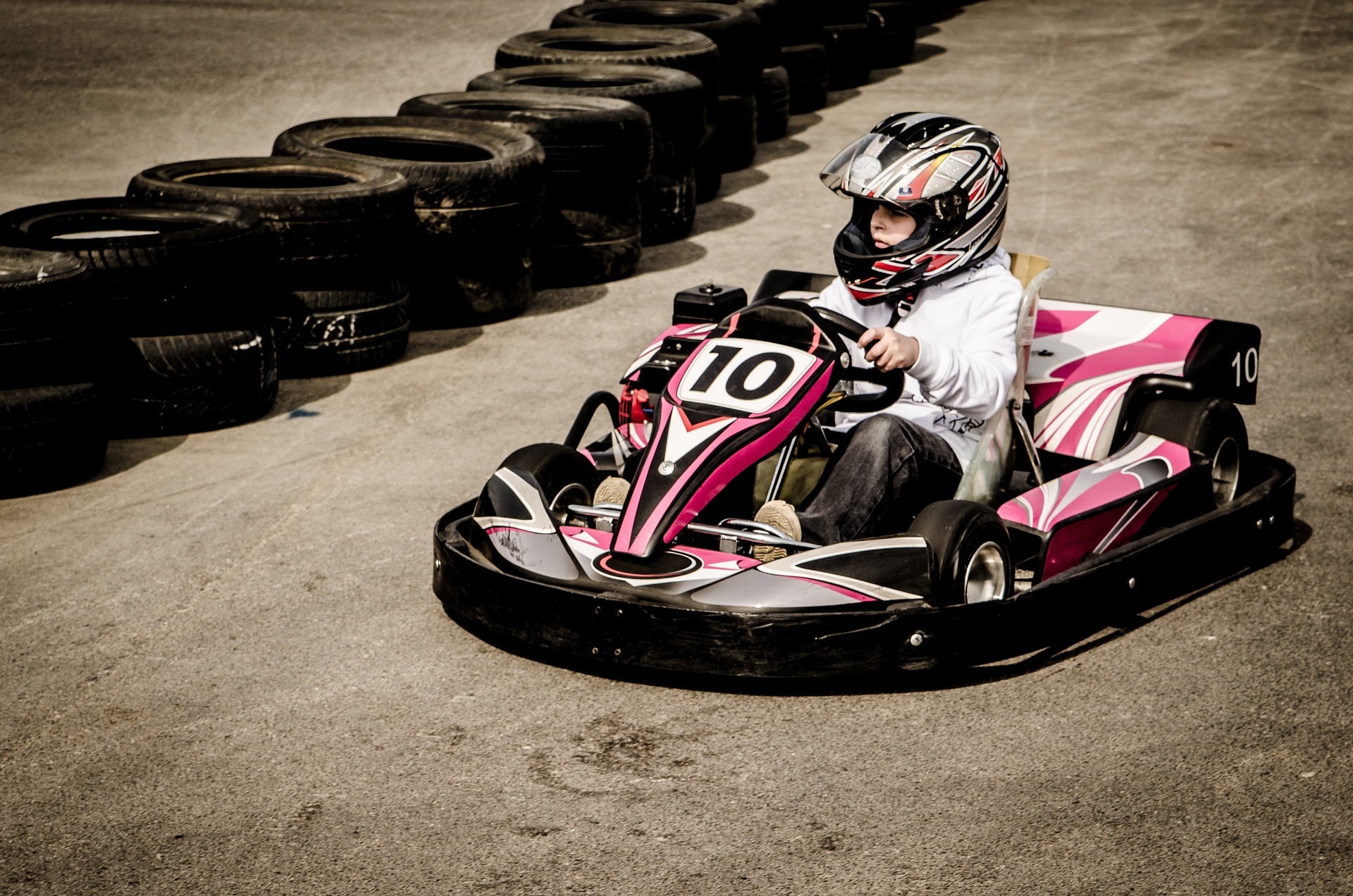In an age where both online games and gadgets are taking over children’s play time, it is important to teach them other ways they can have fun than by just putting all their energy in front of the screen. Making children engage in outdoor games or recreational activities is one way to encourage them to stay outdoors. Among these fun activities that many children have loved for years is “go-karting” or using what we call a go-kart which is a “quadricycle” or an open-wheeled car that is used for small racing games catering to both adults and children.
Choosing the best go-kart can help children stay outdoors for hours where they can develop various motor skills, visual recognition, communication and teamwork if they are playing with others, and strategic skills. In addition, go-karting can also be a fun way to get children to stretch and exercise their muscles while having fun. There are many types of go-karts out there that may vary depending on the design, size, and even the engines. For starters, here is a list that will help you find out how to choose a go-kart based on what they are powered with before you narrow down your options based on the design and size.
Pedal-powered Go-Karts
Given its name, pedal-powered go-karts are much like bicycles in some ways where they are entirely powered by the rider themselves using their legs and feet. This can be a good option for those who are new to go-karting as well as young children between the ages of 5 to 10 years old, and some are even suitable for toddlers as young as 2 years old. The best thing about go-karts is that they don’t require much for them to work compared to electric and gas-powered go-karts. It allows the child to have full control of their speed so they can stop and slow down whenever they need to, by themselves. This also guarantees worried parents and guardians that their kids will not go too fast.
Aside from that, pedal-powered go-karts are an excellent option to get the kids exercising by having their legs, feet, and body continuously in action. The only setback of using a pedal-powered go-kart is their size since most of them are generally designed to be small and cater to younger children. This means that older or bigger children may either have a difficult time riding them or not be able to ride them at all. Although it is not necessarily a disadvantage, pedal go-karts can also be tiring for children after long periods of time. While it is important to get their legs and feet exercised, make sure that they do not tire themselves too much so they do not get muscle cramps or become dehydrated, so always check in on them from time to time and prepare a water bottle.
Designs may vary for pedal-powered go-karts but many have adjustable seats and handles, bells, whistles, and manageable pedals that can make them go forward and reverse whenever they want to. They may also vary in the materials used to build the body so just make sure they are durable enough.
Electric-Powered Go-Karts
Compared to the first example, electric-powered go-karts depend on a battery to supply power to the motor engine for it to run. They are slightly more complicated in terms of operation and are not recommended for children who are aged 8 years old and below. However, they may be able to cater to bigger or older children and be more fun since they can feel as if they are riding a real car.Unlike pedal go-karts, electric ones may allow children to go drive at even higher speeds. Although speeds may vary, they are usually expected to go anywhere between 9 miles per hour to up to 20 miles per hour.
Since the go-kart is powered by electricity, you won’t have to worry about tired legs, and they can speed up without requiring much physical effort. However, it is better to advise them to be cautious about their speed and to wear protective gear at all times. The downside of having electric-powered go-karts is the fact that you have to frequently charge them before using them. Some go-karts require a full 24 hours of charging before the first ride, and once full it may only give you around 40 to 60 minutes of riding time before the next charge. Designs, sizes, and accessories may also vary but they are generally more expensive than pedal-powered go-karts.
Gas-Powered Go-Karts
Much like real cars, gas-powered go-karts are powered by gas, though not necessarily by gasoline. It may depend on the type of engine that the go-kart uses. Among all the three types of go-karts, these are the most complex and require a much higher maturity level. Since these gas-powered go-karts already have a built-in engine and transmission, children may have to take some time to learn how to maneuver them. Because of this, only children over the age of 12 can ride this.
Gas-powered go-karts are ideally for outdoor play while other types can be used inside the house or other spacious indoor facilities since their speeds can be much more controlled than the gas-type ones. Although this is the case, children are still guaranteed to have just as much fun since they are a great option for off-road tracks. They can go at greater speeds while dealing with dirt roads that will otherwise be difficult for pedal and electric-powered go-karts. Since they are generally built for older children, they may also come with two adjustable seats.
In terms of pricing and other expenses, this may come a little pricey or be at par with the electric-powered karts since they both use an external engine or a battery to run them. If the electric ones require you to charge often, gas-powered carts will require you to constantly check the gas levels and buy supplies. But if your child is already mature enough and you have the budget to buy one, gas-powered carts are worth their price.




